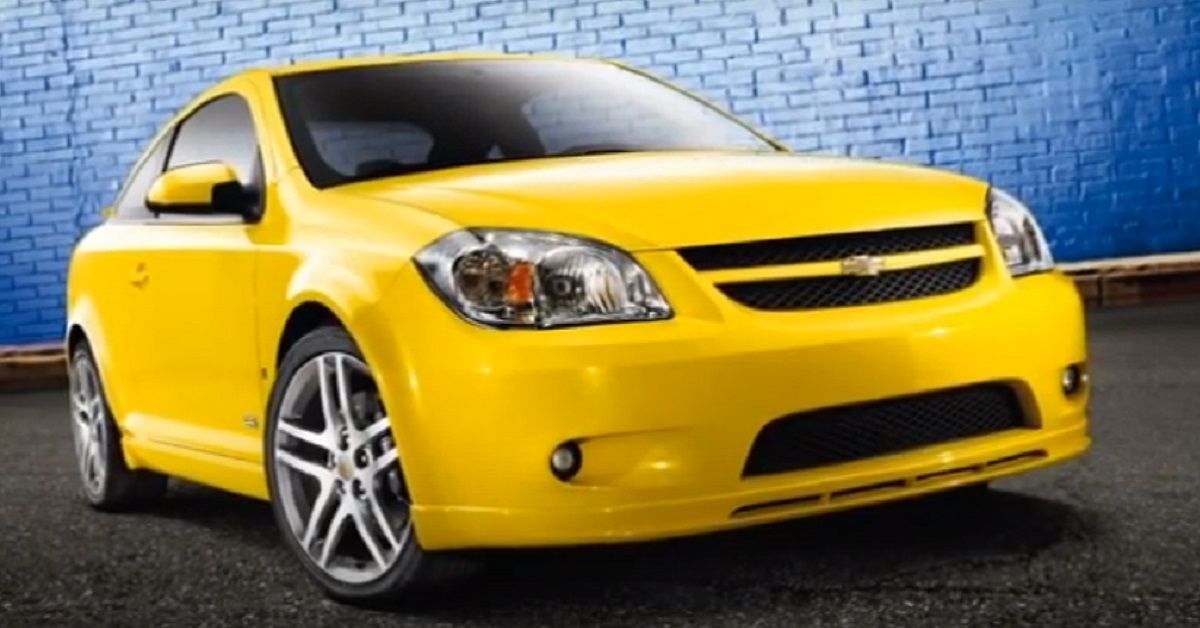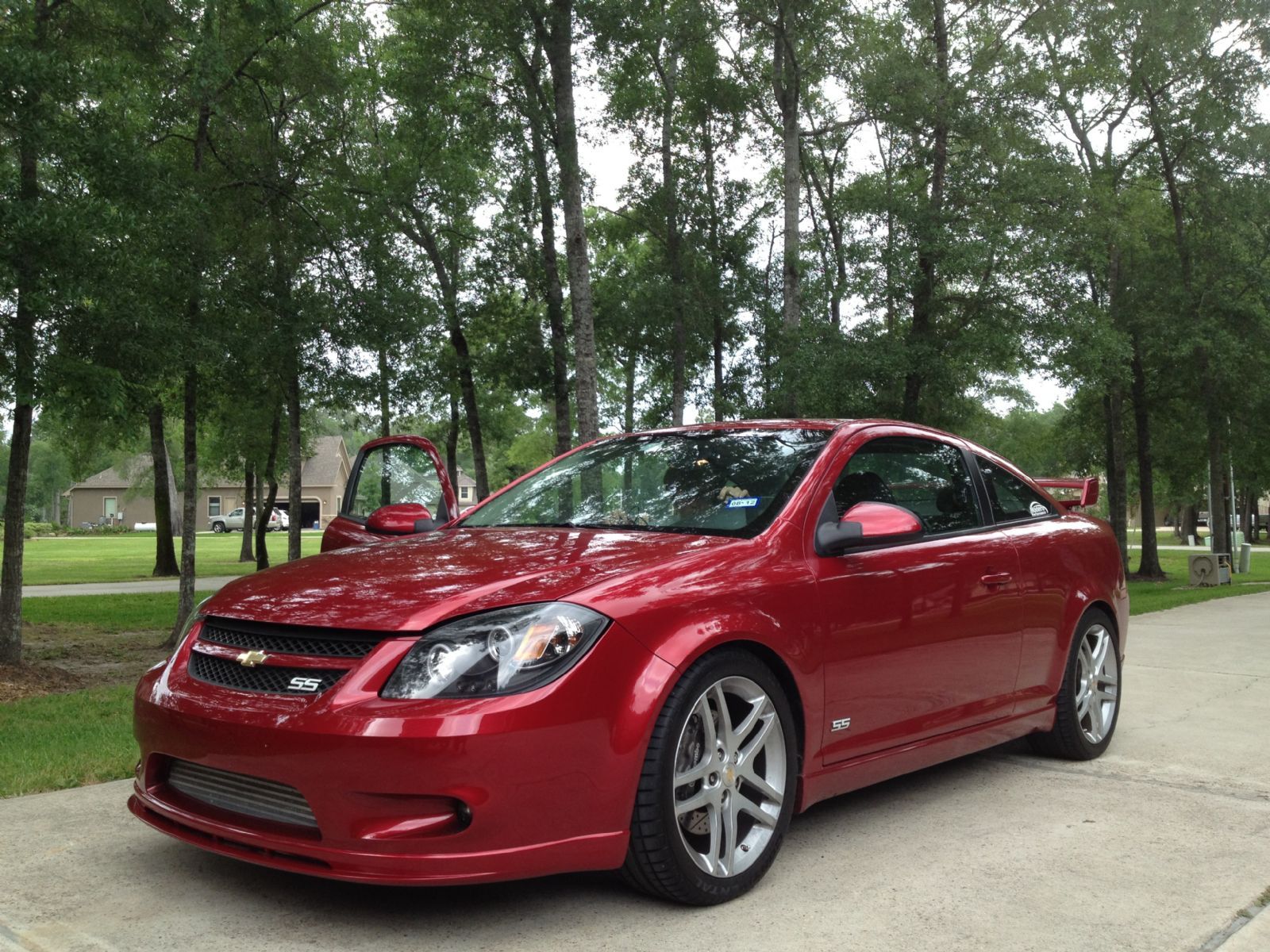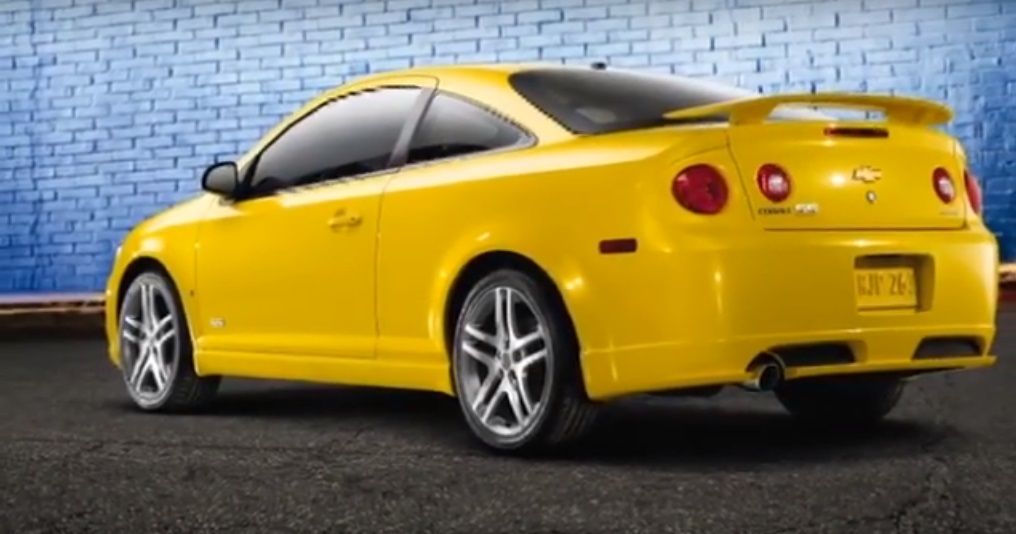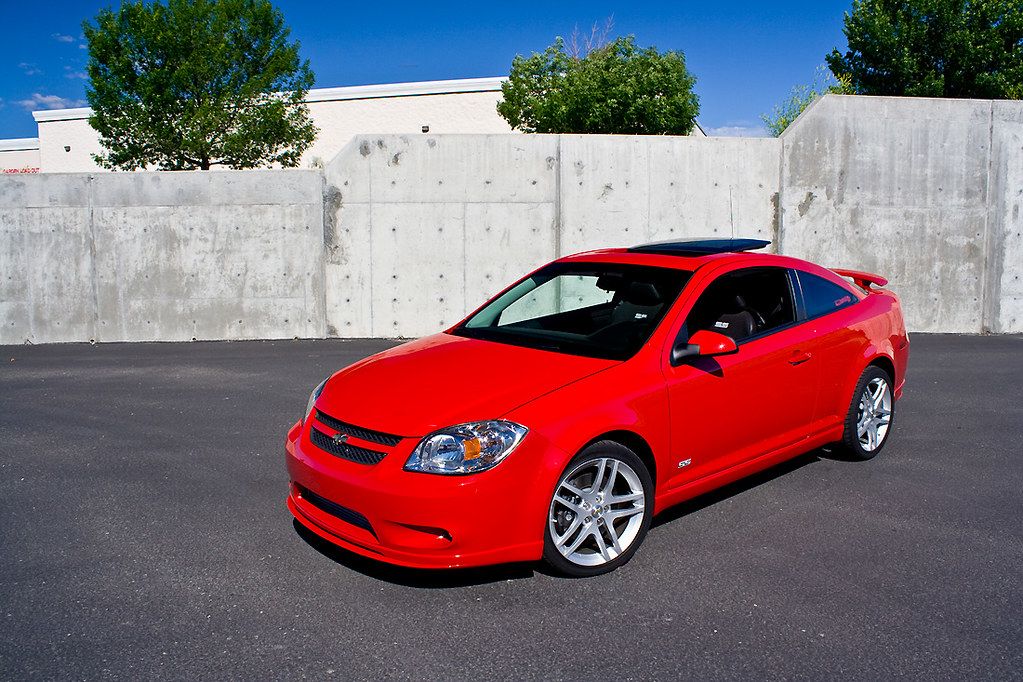Every Chevy that carries the SS moniker is a special car. With the prestigious badge comes a great expectation of power, driver focus, and the potential to make the car your own.
The Chevy Cobalt SS is no exception. This was the brand's first expedition into the tuner market, trying to pull back some of the market shares of the compact sports car away from the likes of Nissan, Toyota, and BMW.
Targeting the tuner scene, the Cobalt SS launched as a supercharged coupe in 2004 with saloon, turbo, and naturally aspirated variations to come.
However, the Cobalt SS has been lost to time to its contemporaries, such as the much loved E46 M3 and Dodge Neon SRT-4; this segment produced tough competition, but the Cobalt SS sometimes just couldn't keep up.
It was no slouch getting to 60; in its supercharged guise, it achieved it in 5.9 seconds, but only coming with a 2.0-liter in-line 4, it was down a few cylinders on many of its rivals. This was a time before the 2.0-liter turbo set-up had become the default choice for the modern hot hatch, so the Cobalt SS stuck out like a sore thumb.
Without further ado, let's take a look back at the '08 Chevy Cobalt SS Turbo.
Design Of The 2008 Chevrolet Cobalt SS Turbo
The Cobalt was a replacement for the Caviliar, a compact economy car; the SS may have been a step above this, but sharing the same underpinnings as the base car, the SS falls short in terms of interior quality, suffering from the same affliction as the Neon SRT-4.
Its European rivals do not have the same feeling. This economy styling continues in the rest of the car; most obviously with the saloon. The four-door variant of the car is very utilitarian in design, boxy, and with a little flare, it could come from no other than noughties General Motors. With chunkier bumpers and alloy wheels, the saloon SS is a remarkable improvement over the base model, but it is no rival to the coupe.
The two-door variation has a distinctive side profile, still very obviously a product of basic computer design but one that is well proportioned. It is easily recognizable, with a long sloping rear window that is accented by a spoiler from the factory. It runs contrary to sports car design, where the bonnet is long and the rear short.
The engine is mounted laterally, meaning that the bonnet could be much shorter, making the compact sports car much more practical daily. Much of the marketing material relating to the Cobalt SS shows the car in the optional red color. A color that after the artist formerly known as Prince's song Little Red Corvette screams Chevrolet.
The Cobalt SS interior had some extra money spent on it. With a sportier and more premium steering wheel, gear shift, and red accented dials, General Motors did what they could to make the car more upmarket. The seats wear a bold SS logo and, depending on specification, have bold colors. The interior is basic as most of the engineering budget was spent under the bonnet, but it is possible to get aftermarket head units fitted with added connectivity.
Cost Of The 2008 Chevrolet Cobalt SS Turbo
The Chevrolet Cobalt SS Turbo in 2008 was not an expensive car; with an on-the-road price of $24,995, it was competing against V6 Mustangs.
Examples of the car are few and far between, with only seventeen being up for sale on Autotrader at the time of writing. Sedans and coupes sell for similar amounts, with mechanically sound cars starting at $5,000 and rising to $10,000 as mileage and number of modifications decrease.
The most expensive example currently for sale is an unmodified black coupe with only 64,000 miles on the clock. Lacking headlight tints, it is as close to a stock car as you could hope to find; the interior is clean and well kept and could be yours for $9,995. Due to the car's age, it is unlikely that you'll find an example at a dealership, so be cautious looking at any car without a history, has been extensively modified, or is in clear need of work.
Success As A Tuners Car
The Cobalt SS became a huge part of the tuning scene, so much so that it featured in numerous Need For Speed games during its lifetime. Some have been tuned to make more than 500 HP.
The car has a forum dedicated to it CobaltSS.Net; here long after the car's introduction is a flourishing community of those who own the car. With different threads dedicated to each individual engine specification, advice on living with the car, which covers everything from hypermiling to vendors for parts, it's a must for potential buyers of the car.
As Chevy intended, the Cobalt SS became a part of the tuning scene, its four-cylinder engine has a lot of untapped potential producing only 200 HP from the factory. The dyno results page showcases modest tunes producing 300 HP and full nitrous builds going as high as 898 HP —a truly crazy figure in the 3,000 lbs car.
With such tuning potential obviously comes great peril, which is why it is best to avoid buying these heavily tuned cars. Although CobaltSS.Net assures that certain tuners know what they're doing something, many will eventually break.




